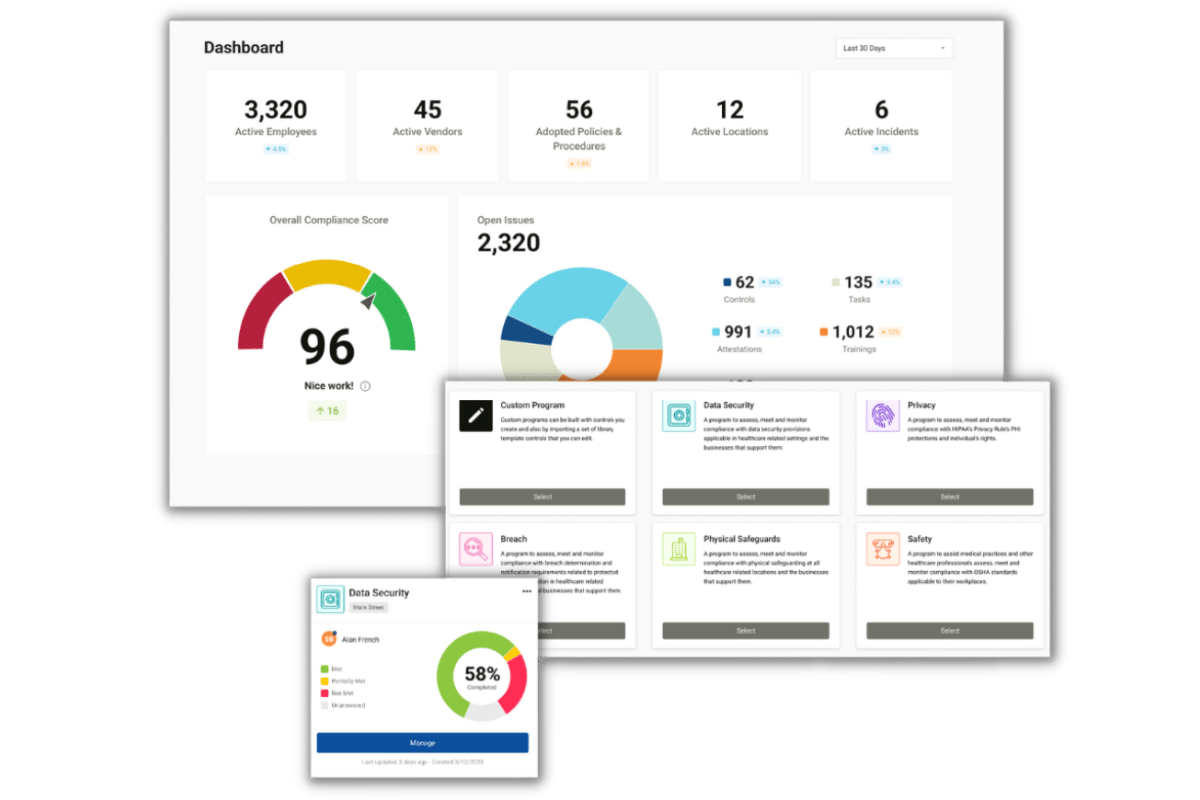What is Health Insurance Portability?
Title I of the Health Insurance Portability and Accountability Act (HIPAA) regulates the scope and availability of group health insurance policies. Under Title I, individuals are granted certain rights with respect to preexisting conditions. Title I also provides eligible individuals with health insurance portability rights. The health insurance portability right is the right to be issued a health insurance policy, without exclusion, if the person seeking enrollment meets certain criteria.
What is Title I of HIPAA?
Title I of HIPAA is an insurance reform measure that covers group health plans – that is, plans provided by an employer. Title I provides group plan access, portability, and renewability protections to individuals enrolled in group health care plans. While some plans purchased by an individual are regulated through Title I, the vast majority of individual plans are regulated – in terms of access, portability, and renewability – by the Patient Protection and Affordable Care Act (“PPACA,” or “ACA”).
HIPAA was passed to expand the scope of benefits protection to those individuals receiving benefits from their employers. Examples of benefits include 401(k) retirement plans, life insurance benefits, disability insurance benefits, and health insurance benefits.
Prior to the passage of HIPAA, health insurance benefits were exclusively regulated on the federal level, by a law known as the Employee Retirement Income Security Act. That law was passed in 1974. ERISA mainly focused on regulation of pension and retirement plans, only secondarily regulating health insurance benefits. ERISA’s regulations provided protections to employees by setting minimum standards for pension plans. These standards, for example, regulate when an employee becomes vested in the plan, and requires plans to provide plan participants with documents and notices pertaining to a retirement or pension plan in which the participants are enrolled.
When ERISA was passed, Congress simultaneously created an agency known as the Pension Benefit Guaranty Corporation. This agency, back in 1974, through today, essentially acts as a “backstop.” That is, PBGC guarantees basic benefits that an employee earns before the employee’s plan terminates, or the date the employer files for bankruptcy. If a plan terminates without sufficient cash to pay benefits, the PBGC insurance program will pay plan participants guaranteed benefits up to a limit set by law.
ERISA, when passed, only regulated certain aspects of health insurance. Specifically, under ERISA, when it was passed, a claim for health insurance benefits could not be “wrongfully denied.” ERISA required that once a participant filed a claim for benefits, the plan had 90 days to respond, by either denying or accepting the claim. If the plan denied the claim, the participant had the right to submit the denial for review. If the plan participant still believed, after review, that the denial was wrong, the participant could file suit under ERISA.
ERISA, however, did not contain any provisions for group health insurance portability. In other words, ERISA did not address whether a new employer had to accept the enrollment under its group health plan, of an individual who had group coverage under their previous employer. Title I of HIPAA was enacted specifically to address this health insurance portability “gap.”
What are the Title I Requirements with Respect to Health Insurance Portability?
While Title I does not require employers to offer group health care plans, Title I does require that group health plans give health insurance portability rights (among other rights) to eligible individuals. Title I:
- Requires the coverage of and limits the restrictions that a group health plan may place on benefits for preexisting conditions. A preexisting condition is a health problem an individual seeking to enroll in a group healthcare plan had, before the date the new coverage begins. Under Title I of HIPAA, a group health plan may only refuse to provide benefits that relate to preexisting conditions for 12 months after enrollment or 18 months after for late enrollment.
- Enables individuals to limit the “preexisting condition” exclusion period. Group health plans must take into account how long an individual was covered before enrolling in the new plan after any periods of a break in coverage.
- Applies the concept of “creditable coverage” to preexisting exclusion periods. Creditable coverage is previous health coverage that meets certain requirements. This coverage that can be applied, as a day-for-day credit, against the application of a preexisting condition exclusion period when an individual moves from one group health plan to another. Most insurance, including most group health plans, Medicare, and Medicaid, is creditable.
- Requires a group health plan apply day-for-day creditable coverage credit to reduce the preexisting condition exclusion, IF the enrollee has not experienced a break in creditable coverage that amounts to less than 63 days.
- Explains a “significant break” as any 63-day (or higher) period that an individual goes without creditable coverage. A group health plan may apply the full length of a preexisting condition exclusion if an individual had a significant break period.
- Requires insurers to issue policies without exclusion to those leaving group health plans with creditable coverage exceeding 18 months.
Through Title I’s requirement that insurers must issue policies without exclusion to those leaving one job and going to another, HIPAA provides for health insurance portability – that is, to switch jobs and retain the right to enroll in group health insurance.




